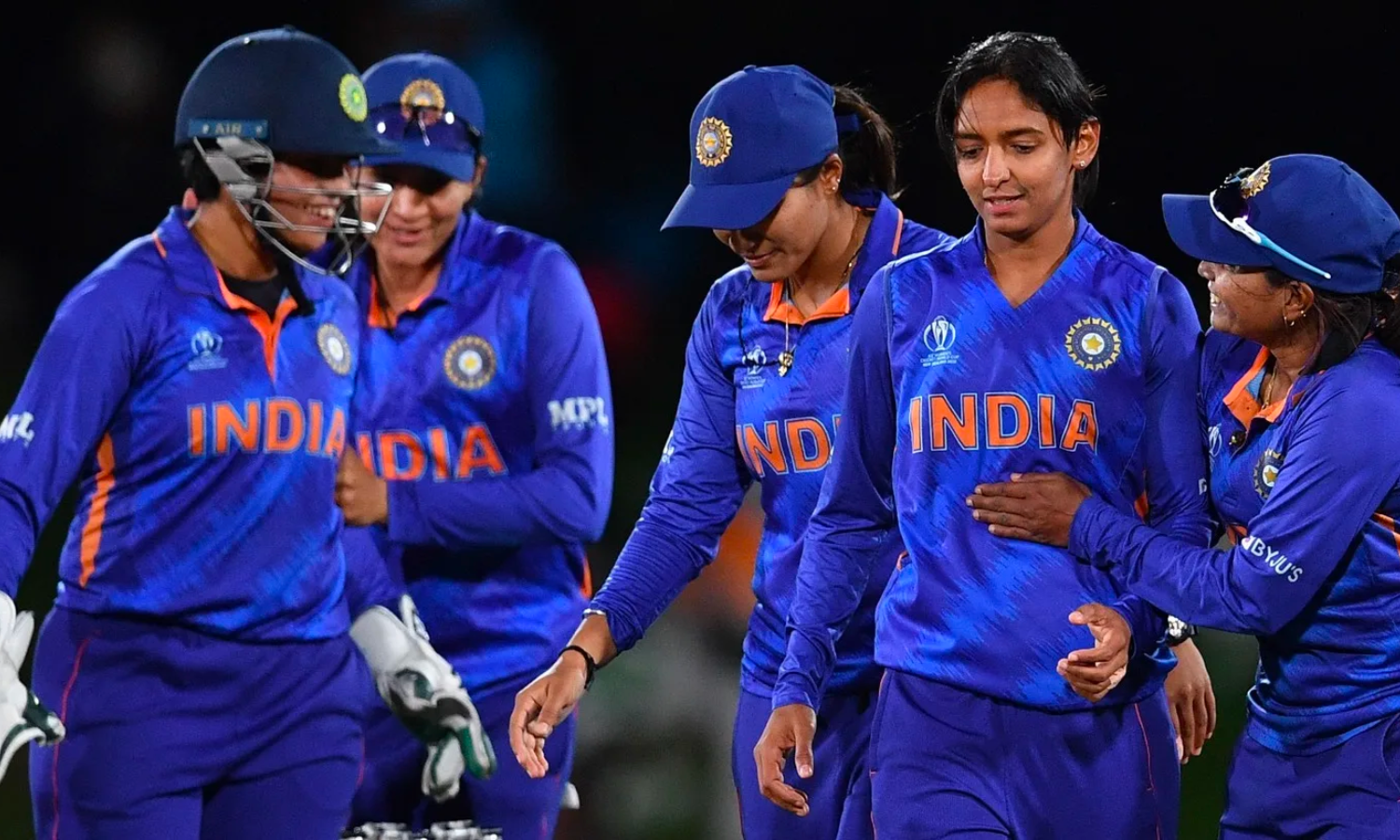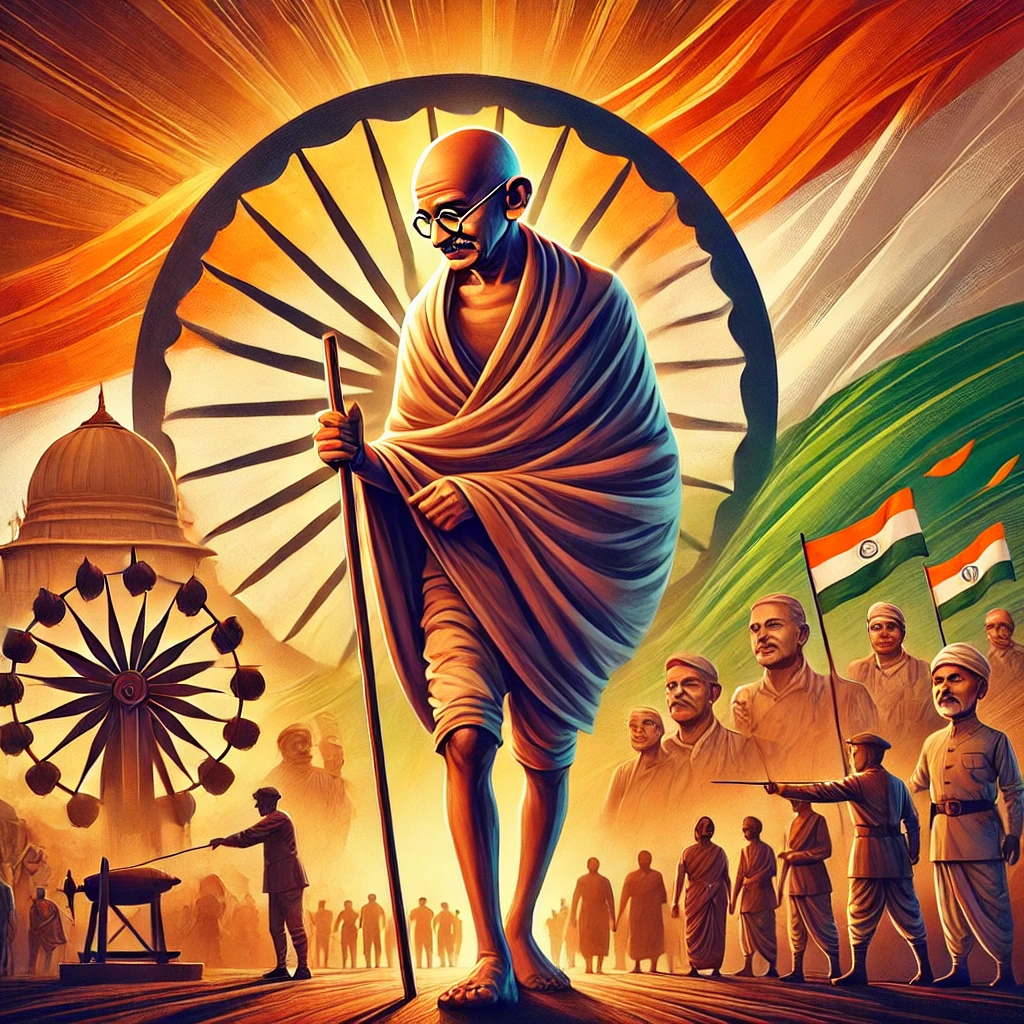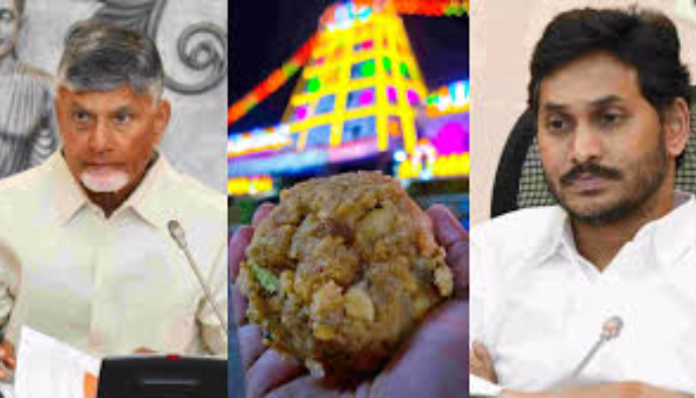Ratan Tata: A Visionary Leader Who Revolutionized Indian Business 2024
Introduction Ratan Tata, Ratan Tata is one of the most revered business leaders in India who is revered for his humbleness as well as ethical business practices and the visionary leadership he displays. As the director of Tata Sons, the holding company of the Tata Group, he steered the business to become a global force. His impact and legacy extends well beyond the realm of business and his contribution to social causes, philanthropy and technological advancement continue to influence India and around the globe. This blog provides an in-depth look into the life and accomplishments of Ratan Tata, his leadership in Tata Group, his leadership at Tata Group, and his lasting legacy. Ratan Tata, Childhood and education Born on the 28th of December 1937 in an Indian family that is among the world’s prominent industrialist family, Ratan Naval Tata was fostered by his maternal grandmother Lady Navajbai Tata, following the separation of his parents. The father of his, Naval Tata, was adopted into the Tata family by Sir Ratanji Tata. Despite his familial background, Ratan Tata was brought to a humble home in which values such as dedication and honesty were instilled from a young age. Ratan Tata’s education began with Campion School in Mumbai, and was followed by studies at Bishop Cotton School in Shimla. After finishing his education and pursuing a degree in structural and architectural engineering at Cornell University in the U.S. His studies weren’t restricted to design as the next step was to finish the Advanced Management Program at Harvard Business School in 1975. The variety of his education helped him prepare for a diverse career in the field of business. The beginning of his career at Tata Group Ratan Tata began his career in Tata Group in 1961. Tata Group in 1961 by working on the floor of Tata Steel in Jamshedpur. This was a risky move for a man of his size since he began at the bottom of the ladder, working alongside blue-collar employees. The early experiences laid the basis for his style of leadership: grounded as well as approachable and committed to the well-being of his employees. In 1971, he was appointed Director-in-Charge at the National Radio & Electronics Company (NELCO) that was which was a Tata Group company. Although NELCO had its share of problems, Ratan Tata used this opportunity to master the art of running a business in difficult conditions. In 1991, after J.R.D. Tata’s departure, Ratan Tata was appointed Chairman of Tata Sons, marking a new chapter in the Tata Group’s story. Tata’s leadership came at a crucial period when India was opening up its economy and Tata needed modernize its operations to stay competitive. Transformation Under Ratan Tata’s Leadership Ratan Tata’s 21-year stint as chairman was marked by his desire to change Tata from an Indian-focused business to an international conglomerate. His vision resulted in important strategically-planned acquisitions and technological innovations and growth across all industries. Global acquisitions: A major one of Tata’s best-known accomplishments was his ability to transform Tata from an essentially Indian-centric company into an international business leader. This was evident in notable acquisitions, such as Tata Motors‘ purchase of Jaguar Land Rover in 2008 and Tata Steel’s acquisition Corus during 2007. These acquisitions were viewed as risky and bold in the beginning, but they ultimately made Tata as a leading global company in the steel and automotive industries. Tata Nano: Ratan Tata is also known for his dream of bringing an affordable vehicle to the general public. The year 2008 was the time that Tata Motors launched the Tata Nano, dubbed “the the world’s cheapest vehicle.” While the Nano didn’t perform as well commercially however, it was an important technological advancement in the automotive industry and demonstrates Ratan Tata’s dedication to tackling the real world problems. This project emphasized his intention to utilize technology to enhance the quality of life of everyday people. IT as well as consulting: A further significant achievement under Ratan Tata’s direction was the growth of Tata Consultancy Services (TCS) that grew into one of the biggest IT services firms worldwide. TCS today is a world market leader in consulting, IT and business solutions. It contributes significantly to Tata Group’s revenue. A commitment to ethics and Integrity One of the most distinctive qualities of Ratan Tata’s management is his unwavering dedication to integrity and ethics. In a competitive environment filled with corrupt practices, Tata set high standards for ethics. Tata was known for his refusal to sign contracts that required bribes in spite of potential financial loss to the business. Ratan Tata once said, “I do not believe in making correct decisions. I make decisions, and then take them back to make them correct.” His primary focus was always on being ethical, not what was economically efficient. This honesty has earned him the respect of a million people not just in the business community, but as well among the general public. Philanthropy: The Heartbeat Of Ratan Tata’s Vision Ratan Tata’s efforts go well beyond the realm of his work in business. The majority of the wealth created through Tata Group companies is channeled back into society via Tata Trusts, which fund initiatives in education, healthcare rural development, health, and scientific research. They are the main control of Tata Sons, ensuring that profits are used to support social causes, instead of the accumulation of wealth for personal gain. Personally, Ratan Tata has also participated in numerous philanthropic initiatives. He has contributed to the funding of schools, hospitals and social projects that are innovative. As an example, Tata Trusts have been crucial in the relief efforts for disasters and in the development of affordable health solutions. Legacy and Retirement Ratan Tata retired as chairman of Tata Sons in 2012, however, he remains as chairman in emeritus. In retirement Tata remains involved in the world of business as a mentor to young entrepreneurs and investing in startups via his venture capital company, RNT Associates. The legacy he leaves is not only in … Read more




